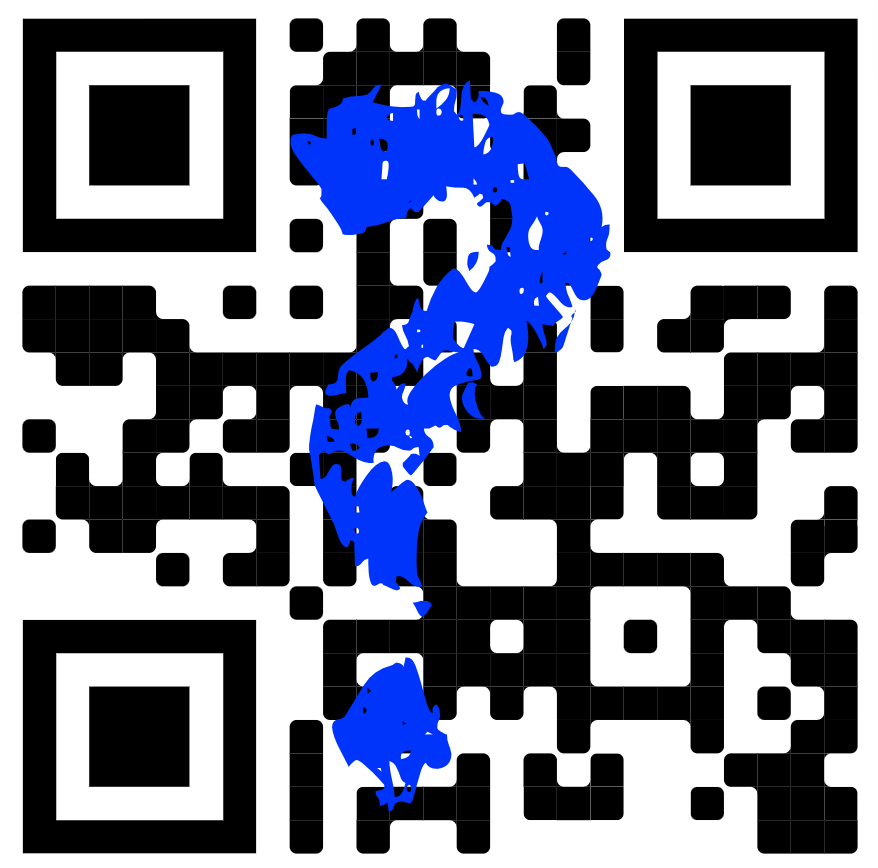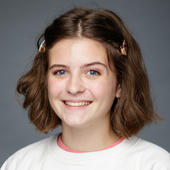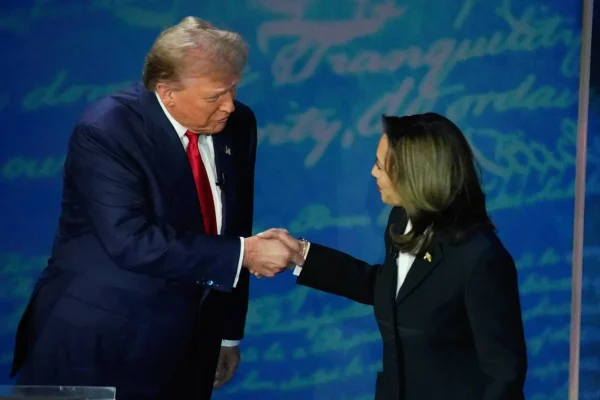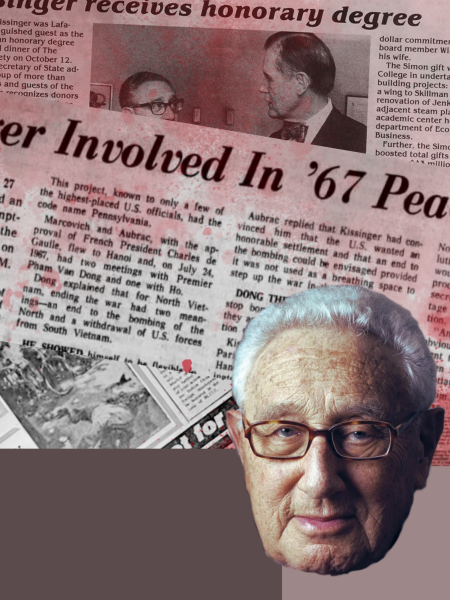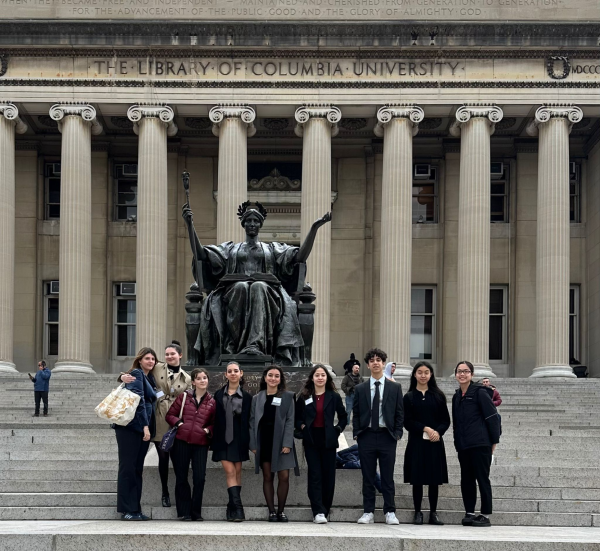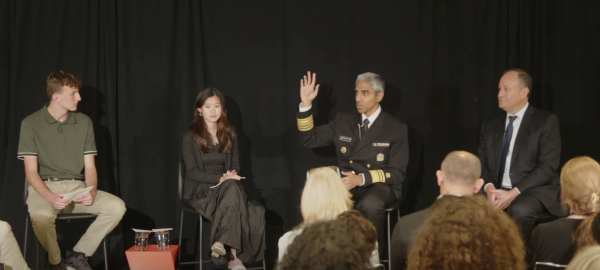You Are Cleared For School: A Look at the Ruvna Survey
You just arrived at school. You walk to the front of school where you approach Mr. Aaron and show him the QR code from your just-filled-out Ruvna health screening survey, or maybe you don’t. Maybe you forgot to fill out the survey and have to awkwardly stand by the gate where your fingers, slowly moving and numb from the cold, open up your email and fill out the survey, causing you to be just that much more late to class.
Every student and teacher at UNIS is familiar with the Daily Health Screening – or Ruvna survey – they are mandated to take before coming into school. The questions on the survey ask if the participant has any symptoms of COVID-19 (coughing, sore throat, nausea, etc), if they have a temperature above 100 degrees, and if anyone in their household has tested positive in the past fourteen days.
While this survey was incorporated into the school’s COVID-19 prevention procedure for extra measure against the virus, many have contested its efficacy and questioned whether it is actually helpful.
According to the CDC guidelines for school reopenings, the organization “does not currently recommend schools conduct symptom screening for all students in grades K-12 on a routine.” Moreover, they stated that “there are limitations and challenges to using symptom screening in general, as well as using it as part of a school reopening strategy.” The CDC states that this is due to the fact that symptom screenings are ineffective against asymptomatic individuals: people who have contracted the virus but do not present symptoms or are not aware of their symptoms (CDC.gov). Furthermore, the symptom criteria contained within these screenings may be applicable to not only COVID-19 but to many other illnesses as well.
Moreover, a recent study from the CDC, in which health screenings were used within a hospital, found that a symptom-based screening failed to identify 45% of pediatric patients infected by the virus.
Why, then, does UNIS require these screenings for everyone to take before entering the building? Anna Radford, T4, assumes that “the form is created by New York City or New York State, so the school can’t really change the questions.”
However, upon asking the Director of Security, Mr. Lentini, about the purpose of the survey, it became clear that the survey was not mandated by New York State or the CDC, rather, it is a preventative measure designed specifically for use by the UNIS community. Mr. Lentini stated that “it’s something we felt was important, and I think it makes the community feel safe.” The Ruvna survey, while certainly a protective measure, is also largely intended as a form of community reassurance; it is a way to make parents, children, and teachers confident in the idea that everyone around them has double-checked their symptoms each morning in order to ensure that everyone enters a safe environment.
Whether or not the survey fulfills its intended purpose is up for debate. And, while the screening is clearly not the most reliable method of COVID-19 prevention, the intentions behind its creation were centered around uplifting and reassuring the school community: two things direly needed during these trying times.



